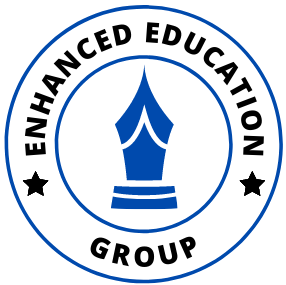If the Competence-Based Curriculum (CBC) is going to be implemented fully, it will be a game-changer, and we shall start reaping the fruits economically and socially. Under CBC, students are supposed to get an education that is applicable and useful in real life. Ideally, the teachers should be real-life practitioners of what they teach. For example, a practising qualified farmer should be allowed to teach agriculture, a practising programmer/software/IT professional should teach computer studies and so on. How wonderful would it be for students to be taught music studies by a real-life qualified musician? How is it that someone who has never done farming is allowed to teach agriculture?
As is the case currently, students are taught by teachers who majorly have theoretical knowledge and can thus never relate what they teach to real-life applications. Students are left to their imagination.CBC would demand that the teachers be competent themselves, both theoretically and practically.
While it may be challenging to have practising professionals teach full time, a middle ground can be arrived at. Industry professionals can teach a part of the curriculum to ensure students are ready for the industry when they graduate. We should institutionalize a system, which we can call “teachers of practice”, under which professionals teach specific units or topics. We can have a situation whereby the “teachers of practice” are appointed jointly by both academia and industry. A 50-50 arrangement whereby the teacher of practice can be shared between industry and academia. The teacher would get a decent salary and would help bridge the gap between industry and academia.
The academic institutions/universities can also be compelled to employ practising and registered professionals to be part of the teaching staff. For example, to teach electricians, the teacher should be licensed as an electrician by the Energy and Petroleum Regulatory Authority (EPRA). To teach law, practising advocates should form a considerable proportion of the teaching staff. To teach engineering, registered professional engineers would form a considerable proportion of the teaching staff in engineering schools. Quantity Surveyors would form a considerable proportion of the teaching staff in Quantity Survey departments, and so on for all professions. This is common sense, and many world-class universities have implemented these requirements. This again brings into light the role of professional bodies in the training of students. Many developed countries already involve professional bodies in regulating teaching and training from the grounds up to post-training licensing. The universities will have to collaborate with the industry and the professional bodies to actualize CBC ambitions.
Other Recommendations:
- Universities may adopt project’s centred curriculum—assessment of the professional skills through the projects, undertaken by interview and other interactive methods.
- Universities may adopt the apprentice model that proves to be a success in countries such as Germany and Switzerland, where students partially or fully do their studies in the industry.
- The government and the universities should seriously consider funding research in the universities and do so with merit. For example, a fund should be set aside to fund and reward researchers or lecturers who publish in highly reviewed academic journals and fund and offer conference grants to students and lecturers who present their work in highly visible conferences. This will ensure the visibility of research output by the universities. It will also act as an incentive to motivate researchers in the engineering sector. The South African government has adopted this model. It could be one of the main reasons South African universities have remained perennially at the top 10 universities in Africa for decades.
- To hold lecturers accountable to their students and the public, a national anonymous rating system or platform could be developed so that lecturers could be rated anonymously on select parameters. The ratings would be done by their respective students. These ratings would be publicly accessible.

